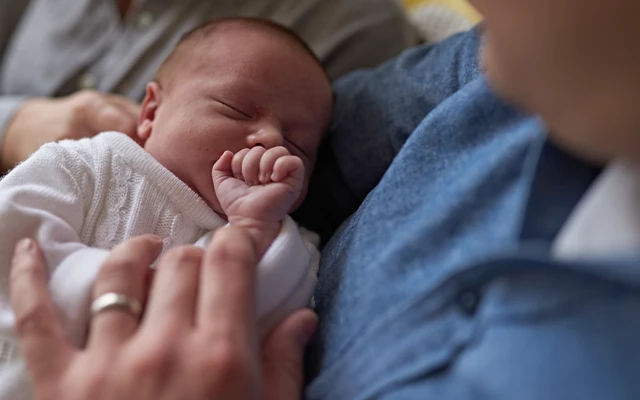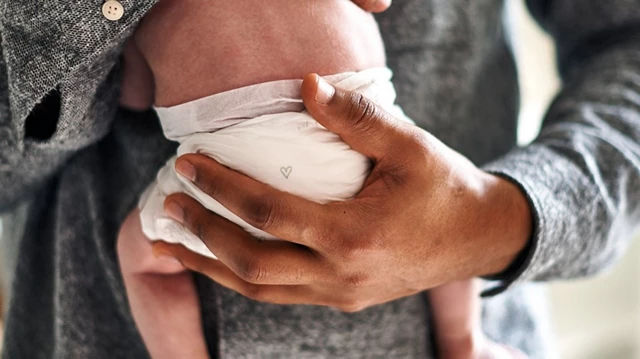The first step when you arrive at hospital is for your partner to be checked over by a midwife. If she is in early labour, it might be a good idea to take her back home so that she can be in a more relaxed environment.
If you stay in hospital, she will be given a bed in an early labour ward where the midwife will go through her birth plan with her – make sure you’re part of this conversation, so you know what to expect. When the labour progresses, your partner will then be moved to the delivery room.
If you arrive at hospital when your partner is in full labour, she’ll be taken straight to the delivery room where your midwife will go through her birth plan with her. If things are moving quickly at this stage, you (or your partner’s birth partner) will need to step in, so make sure you (or they) know her preferences on:
- Pain relief
- Birthing position
- Skin-to-skin contact with the baby when it arrives








